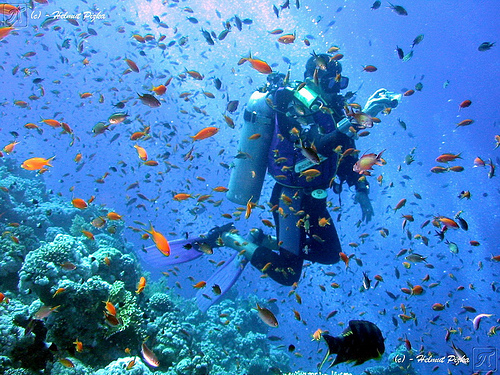Cold Water Diving

Modern down-stream valves will lock up start rather than closed, but, if they lock up, a free-flow will always be the result. Divers are qualified to handle 100 % free circulation circumstances in primary jump exercising.
But how do we prevent freeflows when freezing water diving? There are some primary safety measures that we can take before and during our delves.
The main safety measure is to use authorities that fulfill the Western conventional (EN250) for freezing water snorkeling, these regs will have some kind of ecological closure which prevents contact between the nearby water and the going areas of the first level by identifying them in an antifreeze liquid (e.g. Poseidon) or by siting the going areas behind a dry diaphragm (e.g. Apeks).
If your respiration air contains unwanted wetness there is high possibility of this wetness developing ice gems so make sure you only have your tubes loaded from a reliable resource that has the required air cleanliness assessments performed on their air compressor (The EN12021 instruction declares that the air quality should be examined every 3 months for wetness and purity).
Consider having less air stress in your cyndrical tube or instead of using say a 12litre cyndrical tube loaded to 230 bar use a 12 liter twinset loaded to say 120 bar.
Do not shop your devices in a freezing atmosphere, Ie Keep your cyndrical tube and regulator out of the freezing until you are ready to use it. (Don't keep them in your car overnight).
Clear any wetness from your cyndrical tube system and regulator orifices before linking them together.
Do not take examine respiration or remove your regs on the outer lining area in freezing air, take check-out respiration sunken in superficial water instantly before snorkeling rather than in the air.
Take long slowly respiration and prevent large respiration to decrease the chilling impact of quick air moves and keep in mind that using the remove key or stuffing late SMBs or raising purses with your regs will cause quick air moves. Increase your lightness system (bcd, side, drysuit) gradually.
Do not allow any water to get into your 2nd level before the jump.
Consider restricting your jump plan to no-stop snorkeling, and to a detail from which you
are certain you are able to create a 100 % free climb.
Make sure both you and your friend are aware of and able enough to bring out all freeflow urgent techniques as recommended by your organization.
If you do encounter a freeflow you may get some caution such as a outflow of air getting out of from your 2nd level in between respiration before it developes into a full freeflow, but whether you have a caution or not the main thing is to keep in mind your exercising and not to anxiety.
 |
| cold Water Diving |

Comments
Post a Comment